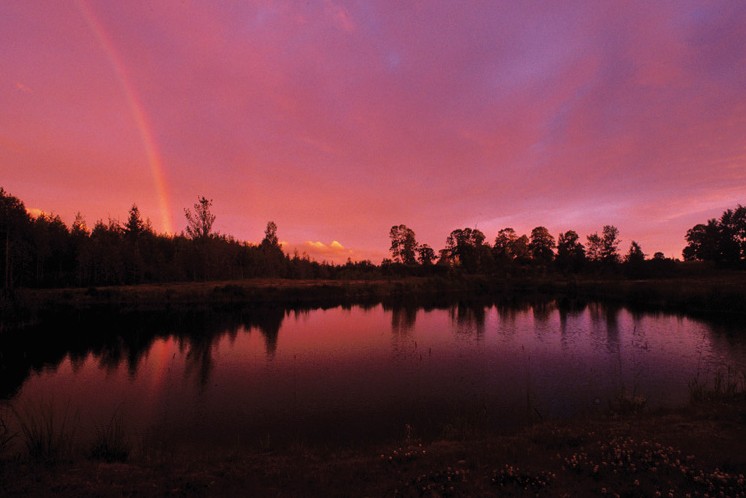Want your very own trout paradise? Here's what to do and avoid
Advertisement
- Before you even look for a site to construct a pond, write down the desired features of your dream pond. Then make a list of what you’d accept and still be satisfied. Chances are, you’re not going to get everything you dreamed of.
- Check with government regulators. Can you legally build a pond in your desired location? If not, they can steer you to good candidate areas. Don’t forget to obtain the appropriate permits, both for creating the pond and later stocking it.
- Once a few sites are identified, test the soil. Clay, clay-loam and sandy loam are best for holding water. Avoid limestone, shale, sand and gravel—they leak.
- Is there an adequate water supply? Examine the property’s well report, if available, to determine the depth of the water table. Also talk to local well drillers about their experiences with the area’s water production flows and depths.
- Check with local pond owners and fish suppliers to gather information on water supply, temperature and late-summer conditions.
- Examine the surrounding water catchment area. Identify the neighbouring land uses and the source of the local water supply. A site at the upper end of the catchment area, free from possible contamination, is best.
- Check local streams and ponds to determine which fish and related water temperatures are natural to the area. You may want to replicate those conditions to ensure success.
- Before you start digging, chart out the pond dimensions on the ground, or draft a detailed map. Plan for a spillway for spring melts and heavy downpours.
- Hire an excavator with experience and references to dig at least four test holes; monitor the soil and water levels during spring, summer and fall. Also test the water quality and pH level.
- As a general rule, the deeper the pond, the better. For example, a 15-foot-deep, one-acre pond should be adequate for stable water levels and minimal winterkill.
- Irregular shorelines reduce wind and water erosion along the banks. Also, landscape the surrounding terrain with slopes running away from the pond to help avoid runoff.
- Once the excavation and landscaping is complete, leave the pond water fallow for a year to stabilize the water chemistry and allow aquatic insects to establish thriving colonies.

